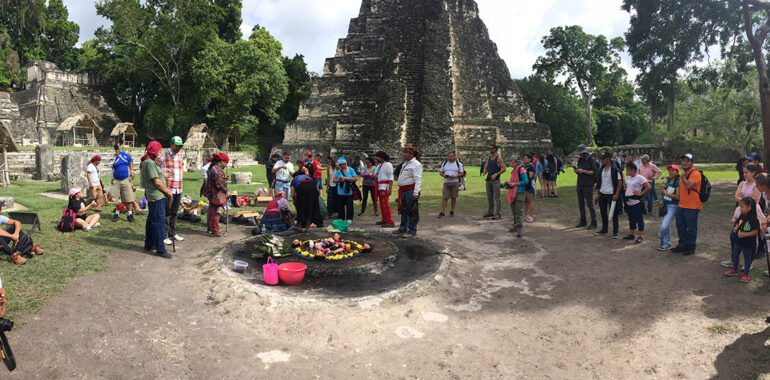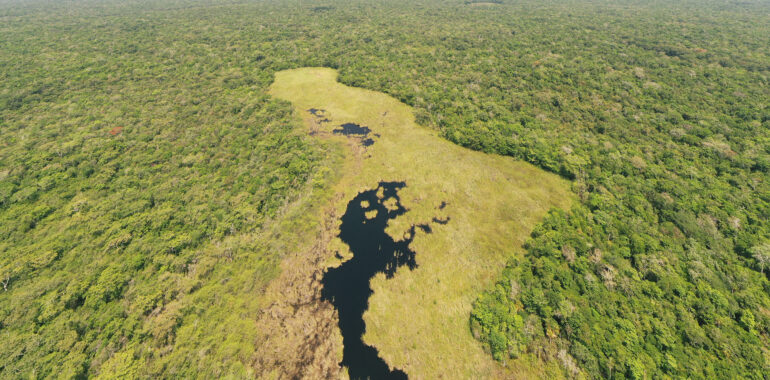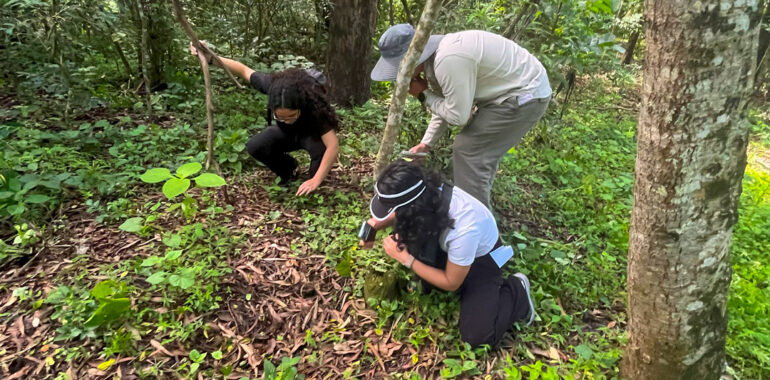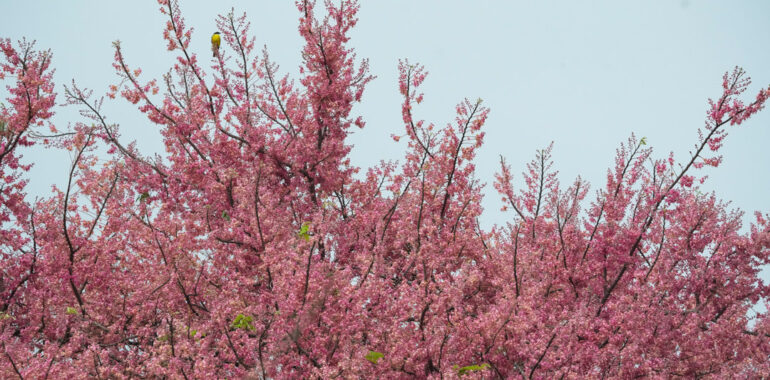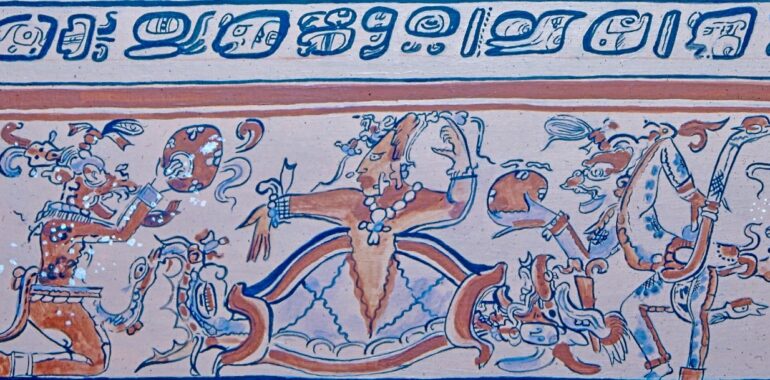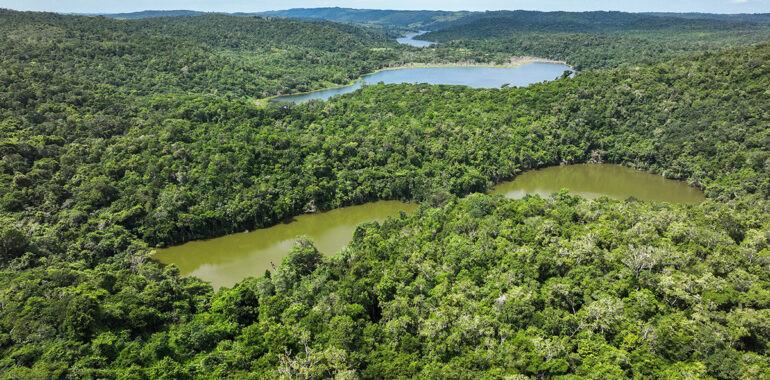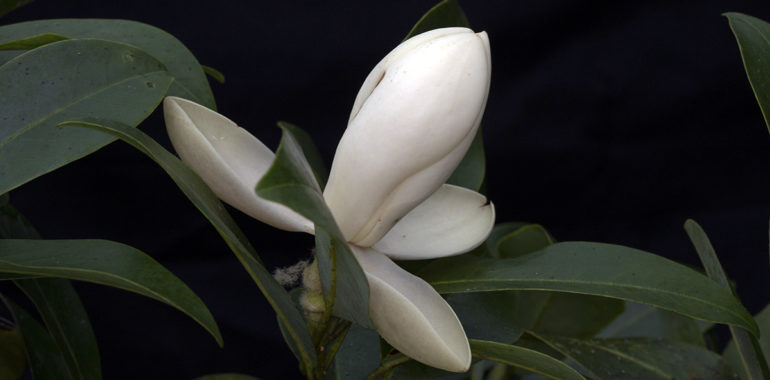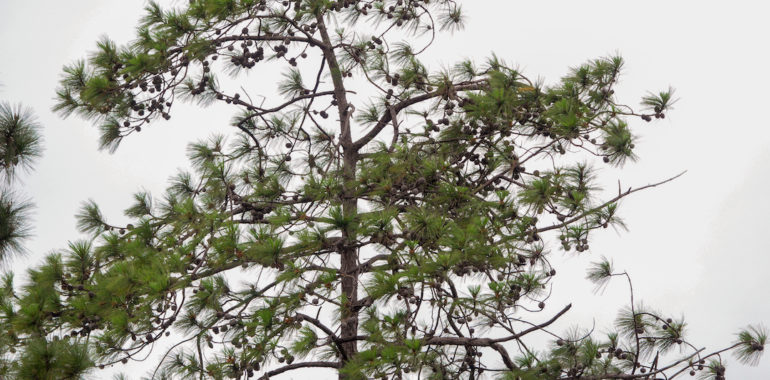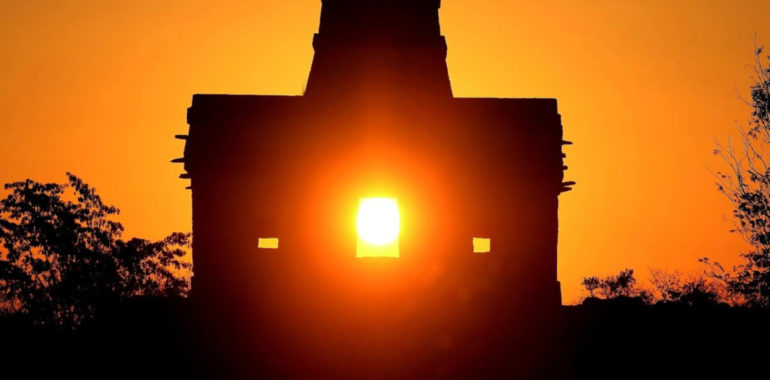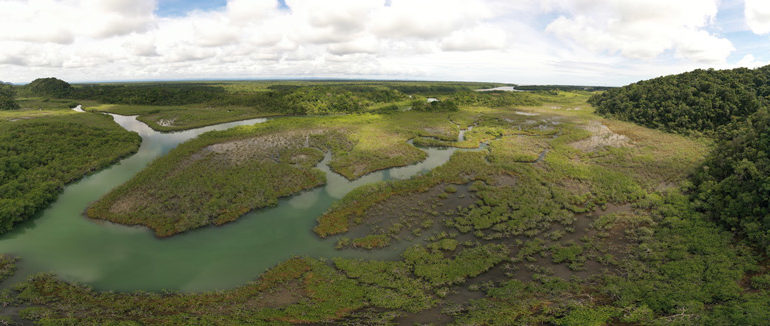For those unfamiliar with the richness of Mayan culture, it may come as a surprise that these ancient traditions offer valuable lessons and tools essential for addressing contemporary challenges in science, peace, and development. On this World Science Day for Peace and Development, we honor the preservation of this ancient wisdom for its contributions at…
Unexplored habitats: the floodable savannas of Petén
Not every ecosystem and habitat in the world has been explored yet. In commemoration of World Habitat Day, FLAAR Mesoamérica encourages you to learn about one of the least known environments of the Maya Biosphere Reserve. The savannas of Petén may be the habitat of a number of species that still needs to be defined.…
Our Second Biodiversity Workshop
For the second time in the last two years, FLAAR Mesoamérica’s research team got to deliver a workshop on biodiversity for undergraduate students of Rafael Landívar University. This time, both the team, and the students visited the Naciones Unidas National Park, and assessed small transects to measure the diversity of the park. On this note,…
A search in the Northeast of Guatemala for amazing plants used by the Maya as flavorings for cacao
On April 5th, 2024, our expedition team went to the Northeast of Guatemala in search of 4 different native plants that are locally used as flavorings for cacao. Finding them and learning about them would enrich the research we have conducted so far on the cacao drink and the flavorings for cacao. These species are: …
A Closer Look at Marine Species in Classic Maya Art
Spondylus spp. Property of Centro de Estudios del Mar y Acuicultura (CEMA), Universidad de San Carlos de Guatemala (USAC). Photo by Victor Mendoza, 2022. Mayan art was developed in southeastern Mesoamerica during the Late Preclassic period and flourished in the Classic period. It includes architectural structures, stone sculptures, carved wooden pieces, murals, writing, books, ceramics,…
The role of carbon sinks in mitigating climate change and their current status
Nature has unique resources to regulate the temperature on the planet. Known as carbon sinks, which are natural deposits such as oceans, forests, and soils that absorb and sequester carbon dioxide (CO2) from the atmosphere, reducing its presence in the air and increasing oxygen (O2) concentrations. The main carbon sinks were from the production of…
Trees to admire today, the international day for the preservation of tropical forests
Tropical forests are all forests which are located in the tropics, or put in other words, closer to the equator line. They are generally characterized by higher temperatures, bigger amounts of rainfall, and particularly, broader biodiversity indexes. Taking into account that tropical forests are those that grow in the tropics, they can be classified according…
Deforestation and Reforestation in Guatemala
It is popular knowledge that the name of Guatemala comes from the Nahuatl Quauhtemallan, which means “place of forests or many trees”, so we can deduce that this country is an area in which the forest represents the majority of the areas, however , the nation that bears the forest in its name has been…
The Spring Equinox: Its importance within the Mayan Culture
During March, precisely on the 20th, one of the most important astronomical events for the Mesoamerican Region, the Spring Equinox, takes place. It’s considered the first annual mark of Earth’s movement around the Sun, depending on what part of the planet it’s been observed, it may change its meaning, but in general, it represents the…
The Study of Wetlands
Wetlands are understood as “extensions of marshes, swamps, peat bogs or surfaces covered by water, whether natural or artificial, permanent or temporary, stagnant or currents of fresh, brackish or salt water, including extensions of marine water whose depth at low tide it does not exceed 6 meters” – Ramsar. Every February 2, World Wetlands Day…

